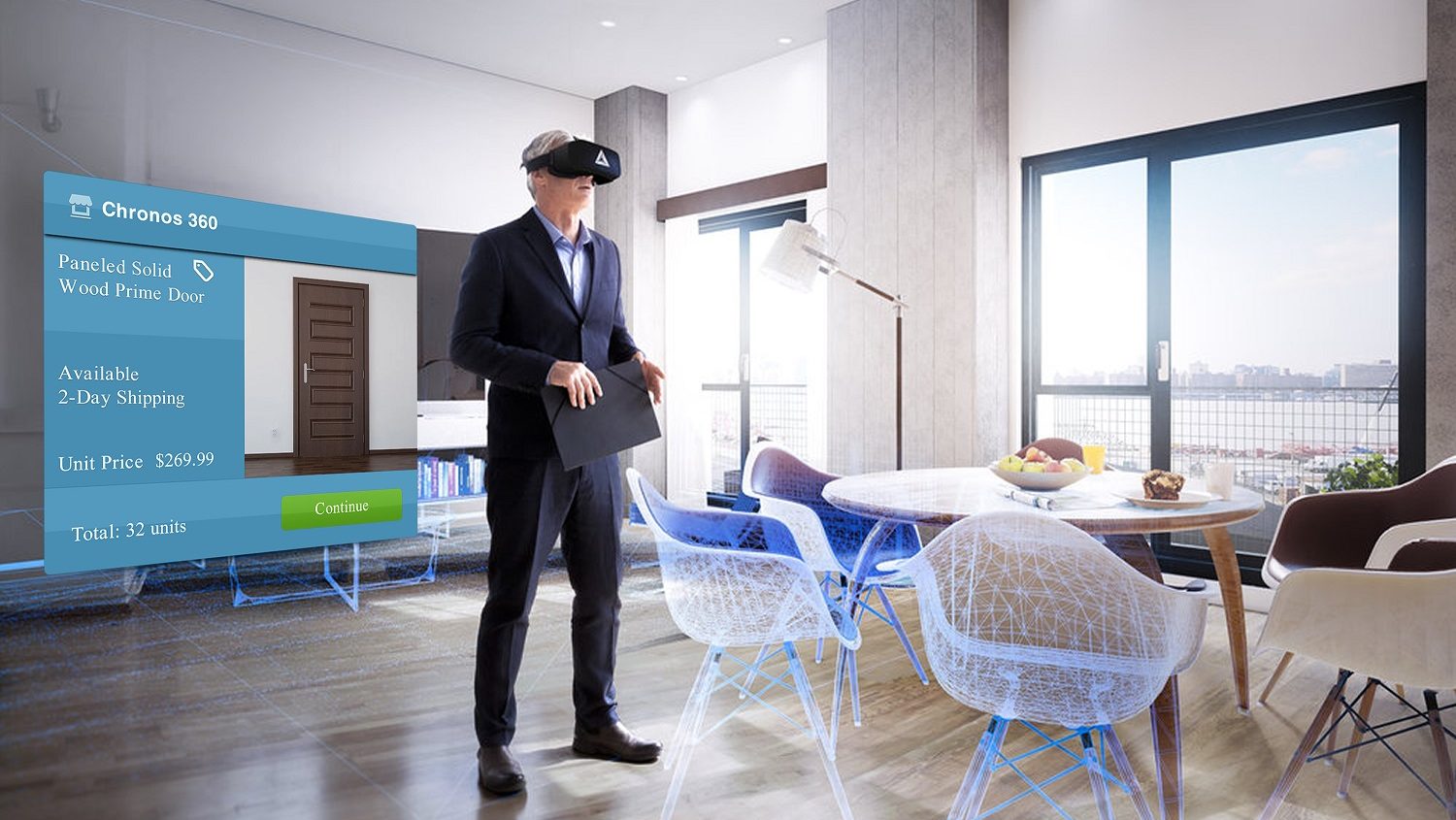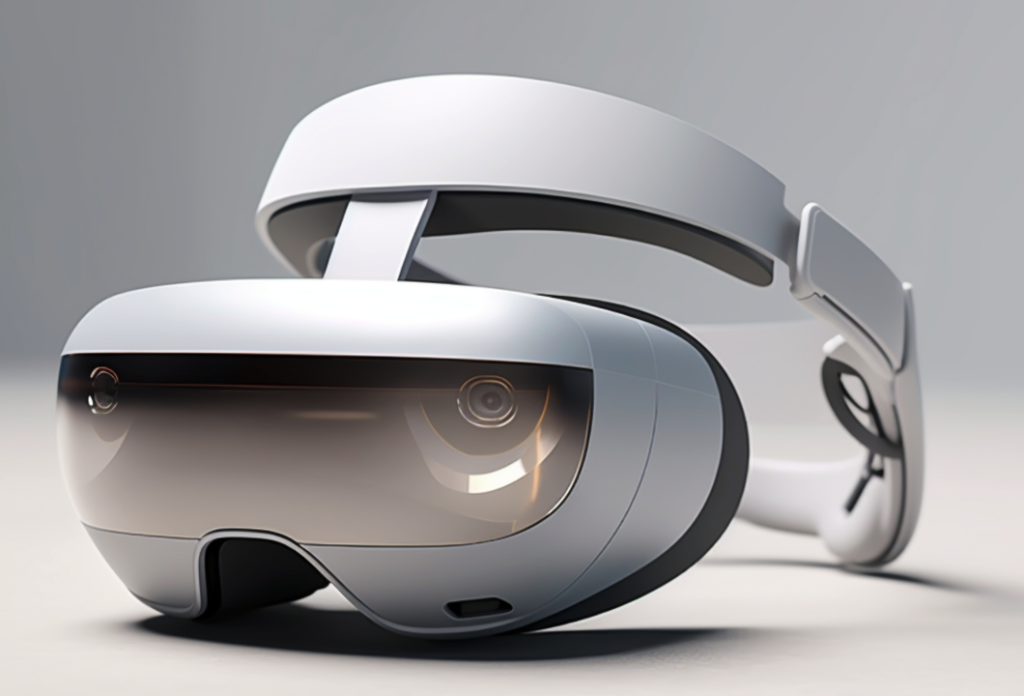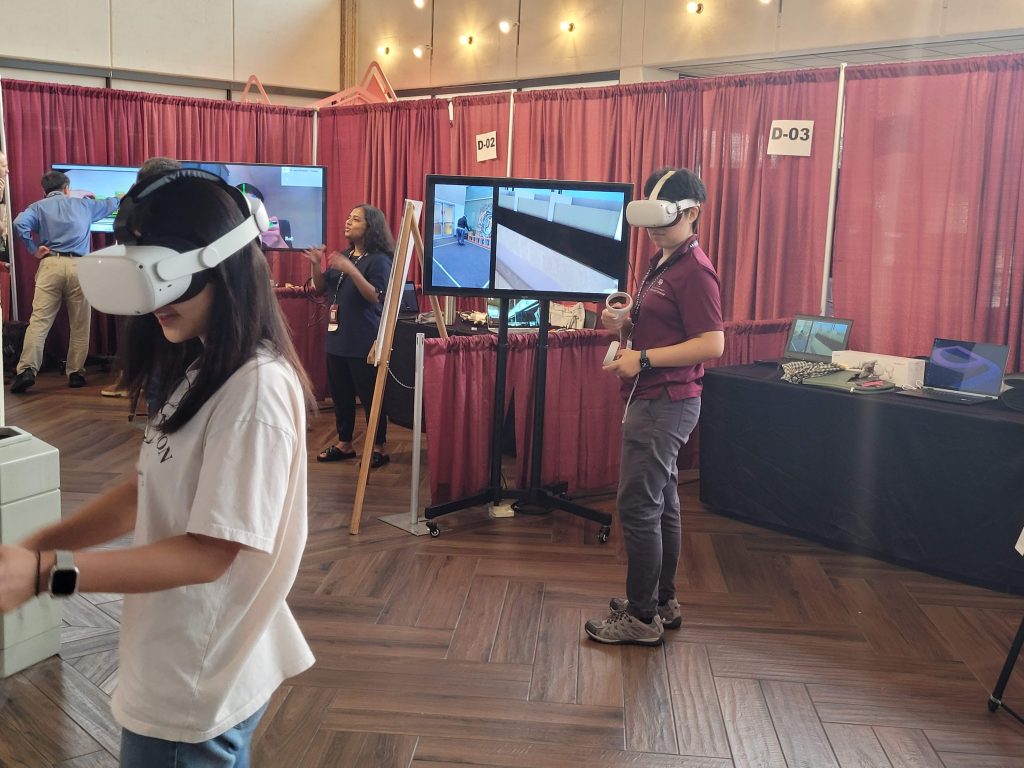
VR in construction is a welcome idea for architects, designers, developers, and teams in today’s built environment. In recent times, building owners/clients have taken the technology into their own hands. If you ask me, it is all about risk management. The construction industry involves a lot of risk that is so desirably avoided.
Why is this so? Virtual Reality is actively transforming the entire building design and construction process. With VR, the construction industry has gone beyond 2D blueprints and static models. Now, project teams have access to a dynamic environment where ideas can be explored, tested, and refined with precision.
Today, we’ll look into some notable impacts of VR in construction over time and how the construction industry is taking advantage of it.
First…
What is the current state of VR in the construction industry?
Way back in 2018, statistics had it that VR could cut pre-construction costs by 90%. This was primarily because VR enabled project owners to see accurate, real-life representations of a structure before construction began. The visualizations were more cost-effective than producing physical prototypes, which project teams had to do at the time.
I believe this still runs true today as the adoption of Virtual Reality (VR) in the construction industry has been steadily increasing. Major stakeholders, including architects, engineers, contractors, and owners, continue to leverage VR for various purposes, transforming how projects are designed, executed, and presented.
Key VR technologies in the construction Marketplace
The rapid adoption of VR technologies continues to enhance project execution and collaboration. Here are some of the key technologies making an impact:
Head-Mounted Displays (HMDs)

Head-mounted displays (HMDs) such as the Meta Oculus Quest Series, HTC Vive Pro Eye, and Microsoft HoloLens are at the forefront of VR adoption in construction. These devices provide immersive experiences that allow users to explore 3D models in a highly interactive way.
With new VR in Construction Technology, users can visualize details like construction sequences and simulate site conditions. So, it’s easier to tell what the real structure would be like and how it’s being built.
Experiential Exploration via BIM Integration

Integrating Building Information Modeling (BIM) with VR is another significant advancement in the construction marketplace. BIM allows architects to create digital representations of the physical and functional characteristics of a facility. BIM software stores everything from 3D models of the building to details on materials and dimensions. Think of it as a central hub of building data.
After creating 3D models on the BIM platform, they can be directly imported into VR platforms. Architects can then navigate and explore through the virtual model, inspect different components, and spot possible design issues before construction. The result? Better communication among project teams, more accurate planning, and informed execution.
Immersive Virtual Design Reviews

Immersive design reviews leverage VR to create a highly engaging and interactive project experience. Tools like Autodesk XR facilitate these reviews by allowing project teams to experience designs in a fully immersive environment.
Autodesk XR integrates with Autodesk Construction Cloud to bring 3D models to life in VR. This enables stakeholders to conduct thorough walkthroughs, identify potential issues, create annotations, assign issues to the responsible parties, and make informed decisions early in the project lifecycle. This process not only improves design accuracy but also enhances team collaboration and client engagement.
3D Scanning and Spatial Mapping

3D scanning and spatial mapping technologies are revolutionizing the way remodeling construction projects are planned and executed. These technologies use laser scanning and photogrammetry to create highly accurate 3D models of existing structures and sites which can be daunting in complexity.
Tools like Leica BLK360 and Faro Focus are examples of laser scanners that capture detailed 3D mesh and spatial data. These scans are incorporated into VR environments using platforms like Matterport or Pix4D so project teams can conduct detailed site analyses, assess existing building and site conditions, and plan interventions with greater precision. This enhances the accuracy of project planning and minimizes risks associated with unforeseen site conditions.
Augmented Reality (AR) and Mixed Reality (MR)
AR overlays digital information onto the real-world environment, providing a powerful tool for construction workers on-site. Using AR glasses or mobile devices, workers can view digital plans, identify utilities, and visualize proposed construction features directly overlaid with the physical surroundings.
MR combines elements of both VR and AR, enabling users to interact with digital and physical elements simultaneously. This allows project teams to overlay digital models onto physical sites, providing a clear understanding of how new structures will integrate with existing ones, and enabling real-time collaboration.
Opportunities/benefits presented by VR in construction
The integration of Virtual Reality (VR) into construction processes offers several significant advantages, enhancing various aspects of project management and execution. These benefits include:
01. Enhanced Communication
One of the most impactful benefits of VR in construction is the facilitation of clearer communication among project teams. Traditional 2D plans can be challenging to interpret, especially for those not accustomed to reading them.
VR fosters a common ground for all stakeholders — from architects and engineers to contractors and clients. Everyone can “be” in the same virtual space, eliminating the confusion that might arise from interpreting 2D drawings separately.
02. Improved Design Iteration and Mockups
VR significantly improves the efficiency of design iterations. For instance, architects and designers can quickly test different layouts, materials, and lighting scenarios in a virtual environment. This allows them to creatively explore and refine design concepts with a reduced need to build physical prototypes, which costs more time and money. Think about interactive mockups for an elevator, where an owner can experience a user’s perspective on elevators or curtain wall products.
Additionally, VR allows project teams to identify potential problems with the design much earlier in the process. Clashes between different elements, access limitations, or unclear layouts become apparent in VR. This can help with making adjustments before construction begins, saving time and money on costly change orders later.
03. Training and Simulation
The use of virtual reality in construction training has made the learning experience a lot better. Through VR simulations, workers can practice hazardous tasks and emergency protocols in a risk-free virtual environment. This allows workers to gain practical experience and confidence before executing tasks in the field.

Photo of Users in the VR Construction Lab
My study revealed that VR fosters better engagement and understanding of complex subjects, leading to improved knowledge retention over time. Because workers can actively participate in realistic scenarios, VR allows them to have more confidence in their ability to overcome common construction hazards.
04. Marketing and Sales
Before virtual reality, marketing and selling ongoing constructions relied heavily on artists’ renderings and floor plans. While these offer a glimpse of the final product, they can be impersonal and fail to capture the true essence of the space. Think about spatial understanding.
Now, developers can use VR to showcase properties before construction, providing potential buyers with an immersive tour of apartments, offices, or retail spaces.
Buyers can explore and interact with the space as if it were already built, giving them a realistic sense of the property’s layout, design, and amenities. Of course, you’ll agree that this has helped to close more property sales.
Conclusion: What’s in the future?
Looking ahead, the future of VR in construction is incredibly promising. We can anticipate real-time collaboration becoming a standard practice, enabling architects, engineers, and contractors from across the globe to work together seamlessly in a virtual environment.
Additionally, the integration of Artificial Intelligence and AI-driven insights will revolutionize how we analyze VR data, offering valuable information on construction efficiency, safety, and cost optimization. Mixed Reality (MR), which combines VR and AR, will further enhance construction visualization and maintenance by driving down risks and costs associated with construction activities.
To sum up, VR is already reshaping the construction industry by improving communication, safety, and design efficiency. As technology continues to advance, we can expect even more exciting developments that will drive innovation and efficiency in construction to new heights.
Before you go: Learn about 5 major innovations in architecture and construction.
Have you tried VR before? Let me know your thoughts below.
